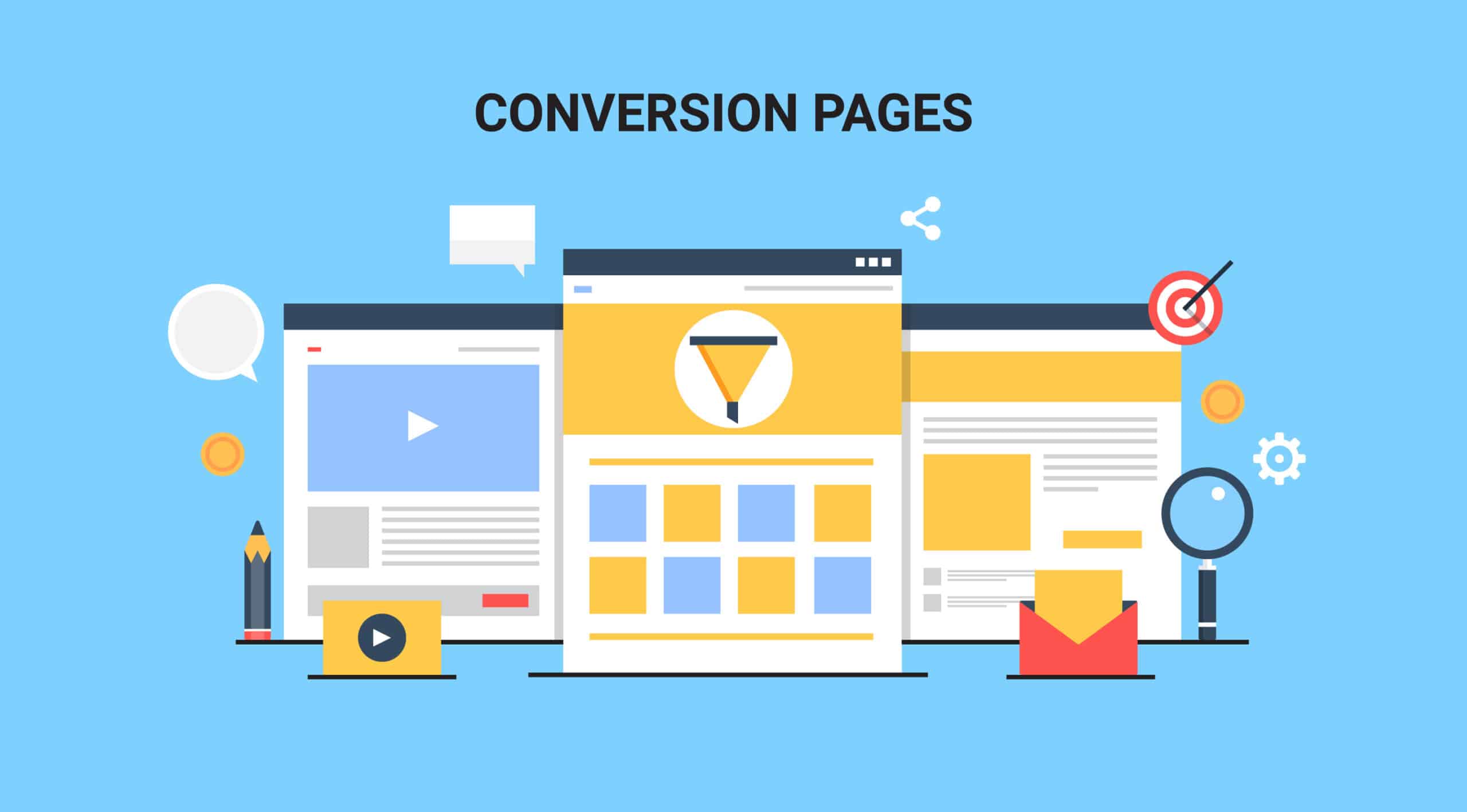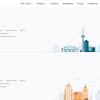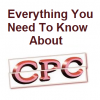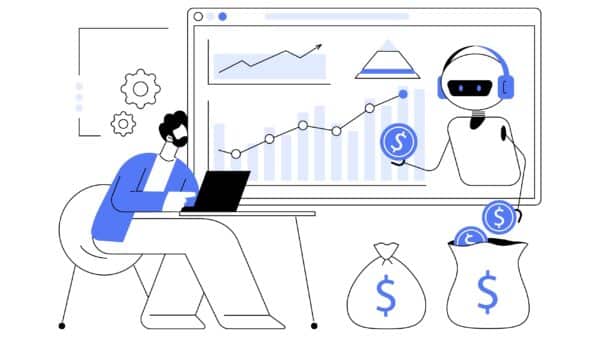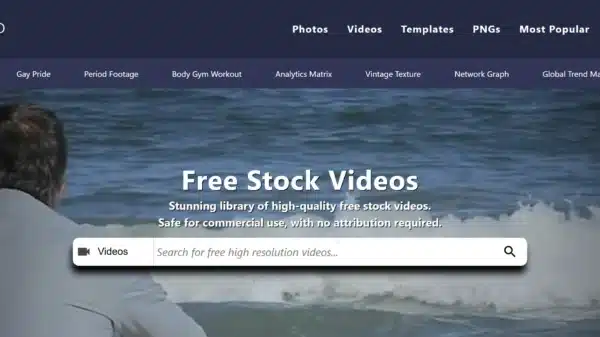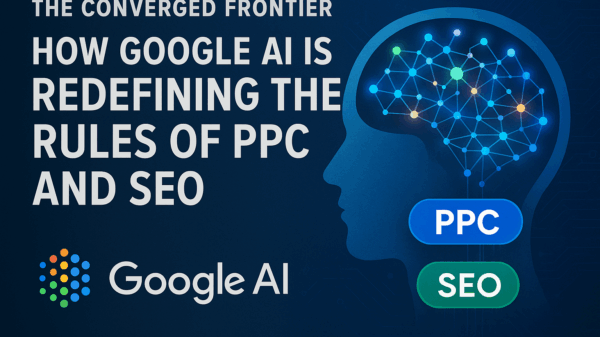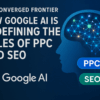With every click in a PPC campaign costing you money, your landing page must do more than just look good—it has to convert. And fast.
According to a study by Unbounce, the average landing page conversion rate across industries is 9.7%—but top performers reach well over 11%. What sets them apart? A laser focus on user intent, a clean layout, and a relentless pursuit of clarity and trust.
In this guide, we’ll break down what it takes to design a PPC landing page that performs like a top-tier sales rep—day and night, on every screen.
Why Landing Pages Are the MVP of PPC Campaigns
Your PPC ad might win the click, but the landing page wins the customer. It’s the bridge between ad spend and revenue—a single point where messaging, UX, and intent must align.
“The landing page is the handshake after the ad. If it’s weak, you’ve lost the deal.” — Oli Gardner, Unbounce co-founder
A well-constructed landing page keeps visitors from bouncing and channels them toward a specific action—signing up, downloading, buying, or scheduling.
Does Your Landing Page Have These 5 Essential Traits?
Here’s a quick checklist of what separates a high-performing landing page from one that leaks leads:
1. A Single, Clear Goal
Keep it focused. No distractions, no competing CTAs. A clear goal improves action rates dramatically.
2. Message Match Between Ad & Page
The landing page must mirror the ad copy—same tone, keywords, and promise. This continuity builds trust instantly.
3. Frictionless UX
Every second matters. A Stanford study found that 75% of users judge a site’s credibility on design alone. Your page should load fast, look great, and be easy to navigate.
4. Visual Hierarchy
Design elements should guide the visitor’s eye—from headline to subtext, to visuals, to call-to-action (CTA). Strategic placement leads to strategic clicks.
5. Trust Signals
Think testimonials, security badges, partner logos, or star ratings. Even a single trust element near your CTA can increase conversions by 42%, according to VWO research.
Landing Page Anatomy: Break It Down for Performance
Value Proposition Front and Center
Use a bold, benefits-driven headline. You’ve got 5 seconds to capture interest. Follow with a subheading that elaborates without overwhelming.
Call-to-Action That Commands
Use action-first language (“Get My Quote”, “Start Free Trial”, “Download Now”) and place it above the fold. Make the button visually pop—contrast is key.
Supporting Visuals
Use relevant images or short videos that highlight your product or service in context. Avoid heavy media that slows page speed.
Social Proof & Testimonials
Stats show that adding user testimonials increases conversions by up to 34%. Keep quotes short and real. Include names and photos if possible.
Is Your Page Mobile-Optimized and Lightning Fast?
In the mobile era, over 60% of ad traffic comes from smartphones. That means a slow or broken mobile experience kills ROI instantly.
- Page speed: Aim for under 2 seconds loading time.
- Mobile-first layout: Prioritize touch-friendly design, readable fonts, and no horizontal scrolling.
- Responsive images: Auto-scale visuals for smaller screens without losing quality.
Pro tip: Use tools like Google PageSpeed Insights or GTMetrix to test load time and get instant improvement suggestions.
How Design Choices Impact ROI
Every detail of your landing page—from button color to headline size—affects behavior. But don’t guess.
Test everything.
“A/B testing turns ‘maybe’ into measurable.” — Peep Laja, Founder of ConversionXL
Run A/B tests on:
- CTA placement
- Headline variations
- Image types (real vs. stock)
- Button colors
- Trust badge locations
Over time, small changes compound into big lifts in conversion.
Step-by-Step Guide: Designing a Winning PPC Landing Page
Use this roadmap to structure your page from start to finish:
Step 1: Define Your Objective
Decide the one action you want users to take. It could be filling out a form, making a purchase, or downloading a guide. Avoid conflicting CTAs.
Step 2: Write a Compelling Headline
Lead with the core benefit. Make it clear, punchy, and outcome-driven. Add a short subheadline to reinforce.
Step 3: Streamline the Layout
Keep key content above the fold. Group related sections and avoid clutter. Use white space to let elements breathe.
Step 4: Add Purposeful Visuals
Support your message with high-quality media. Keep videos under 1 minute and images compressed. Don’t let aesthetics compromise speed.
Step 5: Test, Analyze, Improve
Monitor metrics like bounce rate, time on page, click-through rate (CTR), and form completion. Adjust accordingly.
Frequently Asked Questions (FAQs)
Q: How long should a landing page be?
A: As long as necessary to explain the offer—but no longer. For simple offers, keep it short. For high-ticket or complex items, longer pages with layered persuasion work best.
Q: Should I remove navigation from landing pages?
A: Yes. Fewer exits = more conversions. Removing nav bars can boost conversion by up to 100% in some tests.
Q: What tools can help build landing pages?
A: Consider platforms like Unbounce, Instapage, or HubSpot. They offer templates, A/B testing, and mobile-friendly editors.
Conclusion: Make Every Click Count
Your landing page is the most crucial real estate in your PPC funnel. It’s where attention turns into action. With clear messaging, a single objective, trust cues, mobile optimization, and a commitment to testing, you can turn every click into real ROI.
Don’t waste another ad dollar. Build smarter landing pages—because performance starts with the page.

